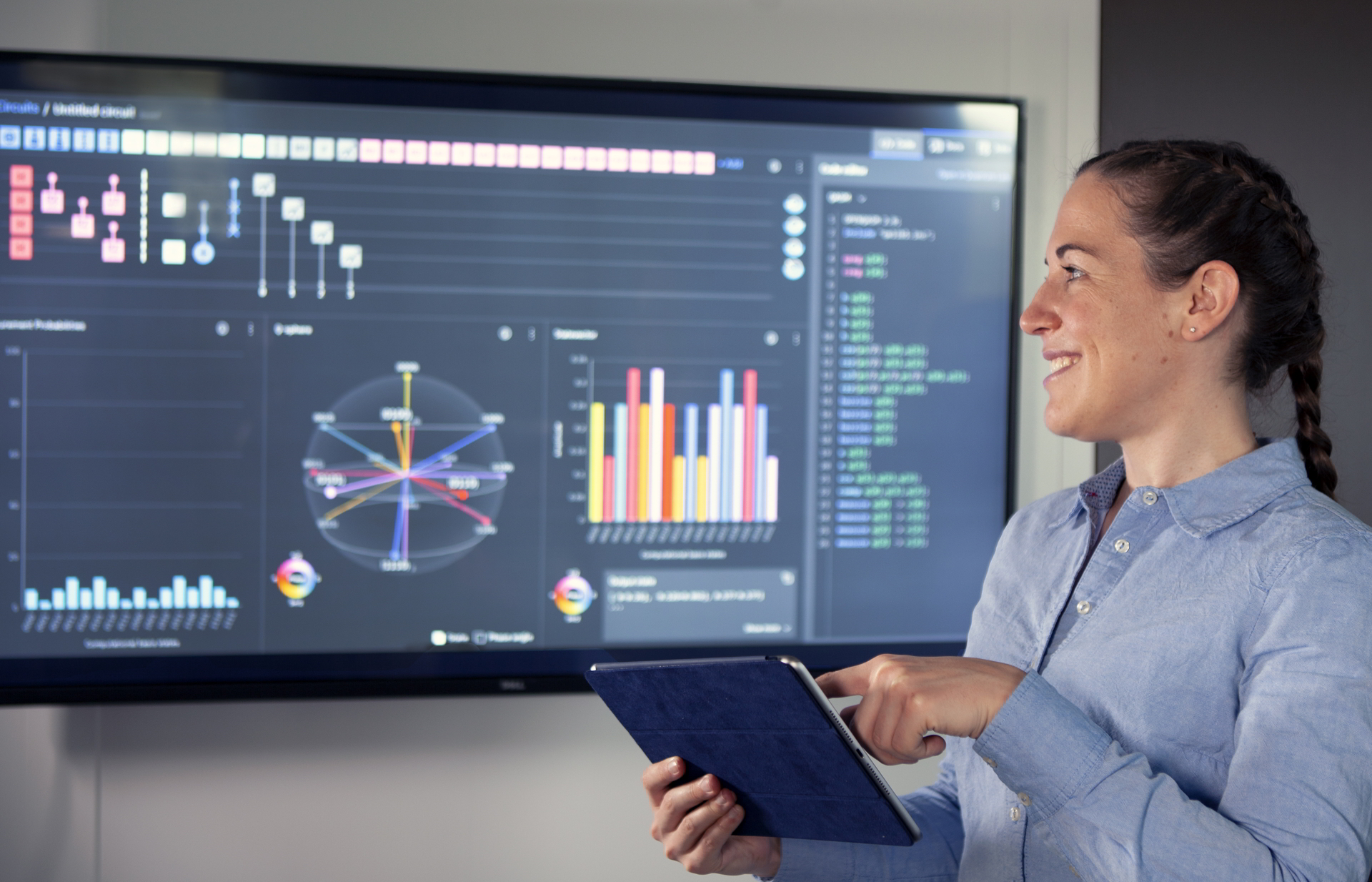Have you always wanted to become a scientist?
Actually, after high school, I first trained as a nurse and worked in an intensive care unit. I realized that I wanted to understand the medical equipment better that I used every day and I found the technology behind it so exciting that I decided to study something along these lines. When I looked at various study programs, I realized that I wanted to study a broader topic not only medical technology. That is how I came across microsystems engineering at the IMTEK in Freiburg, where I studied for my bachelor and master's degree.
How did you get from microsystems technology to quantum research?
I started in 2019 as a student assistant at Fraunhofer IAF and wrote my master’s thesis on the parallelization of monolithic gallium nitride half bridges for a compact 48 V high current power module - a power electronics topic. At the institute I became aware of quantum research and especially quantum computing and was immediately fascinated. The idea of building a computer from the tiniest particles inspired me.
Initially, I wanted to go out into the world after graduation, but the topics at IAF are so exciting and the colleagues were so great that I decided to stay here. In addition, I probably would not have found such a fascinating topic for my doctorate anywhere else. It combines software and hardware: the programming and control of quantum computers and nitrogen vacancy centers as qubit technology for future quantum computers.
What are you working on right now?
At the moment I am getting to know the program for controlling quantum computers from IBM and how their qubits work. For this purpose, I am working on a quantum computer via cloud access. I’m programming complex tasks and then send them for calculation to the quantum computer, which gives me the results. Currently, I am simulating the binding energies of lithium hydride. Lithium hydride is actually a rather simple molecule, which does not necessarily require a quantum computer for its simulation, but it helps me to find sources for potential measurement and calculation errors. This will help me in the future to write better algorithms that can avoid them, in order to process more complex calculations without errors. I am working on a kind of workaround and see what the system can do and how to program it optimally to get the best possible results.
 Fraunhofer Institute for Applied Solid State Physics IAF
Fraunhofer Institute for Applied Solid State Physics IAF
